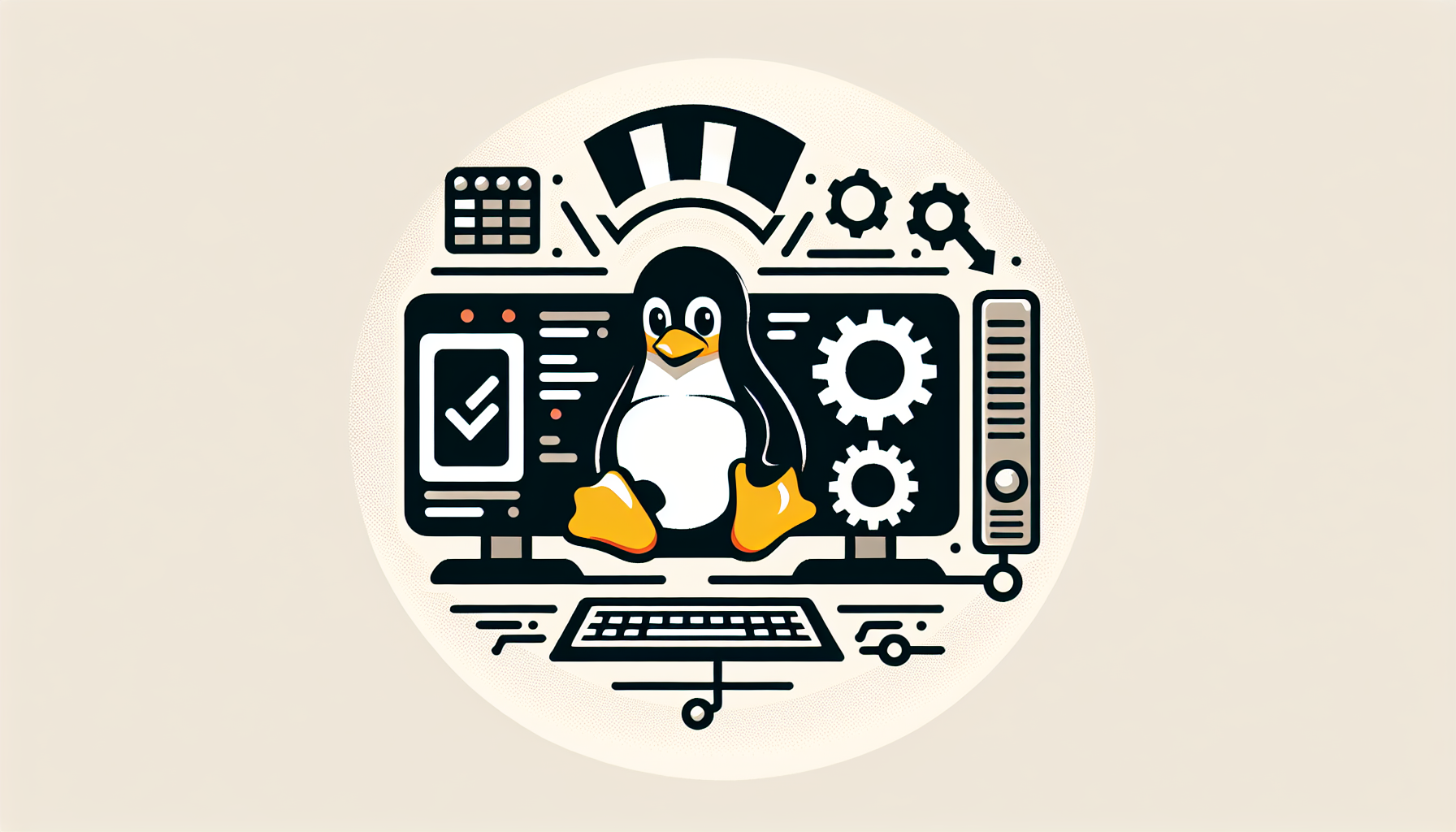Linux is known for its flexibility and powerful command-line tools. However, to use this power effectively, it’s important to know the right commands and apply them in the right places. In this blog post, you'll find a wide range of information, from basic Linux commands to advanced techniques.
For new Linux users, the terminal may seem intimidating at first. However, the control and speed it offers make it indispensable. Unlike a graphical user interface, the terminal is a text-based environment that allows users to interact with the system through commands.
First, you can start by opening the terminal. Most Linux distributions come with an application called "Terminal." Once you have access to the terminal, you can begin learning basic commands. For example:
ls: Lists the files and directories in the current directory.pwd: Shows the current working directory.cd: Allows you to navigate between directories.These simple commands will help you learn to navigate the terminal and understand your file structure. The more time you spend in the terminal, the more comfortable you will feel.
File and directory management is crucial for working effectively on a Linux system. Understanding Linux's file system hierarchy simplifies this process. Here are some basic commands commonly used for file and directory management:
mkdir: Creates a new directory. For example, mkdir new_directory creates a directory called "new_directory."rmdir: Deletes an empty directory. If the directory isn't empty, you can use rm -r.cp: Copies files and directories. For example, cp file.txt /target_directory/.mv: Moves or renames files and directories. For example, mv file.txt new_name.txt.rm: Deletes files and directories. Be cautious when deleting directories, as this action cannot be undone.These commands allow you to manage the file system efficiently and speed up everyday tasks.

Once you learn the basic commands, you can take full advantage of Linux by using more advanced commands. Here are some examples:
grep: Searches for files with a specific pattern. For example, grep "search" file.txt searches for the word "search" within "file.txt."find: Used to search for files and directories. For example, find / -name "file.txt" searches for the "file.txt" from the root directory.tar: Archives files and directories. A command like tar -czvf archive.tar.gz /target_directory/ compresses the target directory into an archive file.awk and sed: Powerful tools for editing files and processing data. They are especially useful when working with large datasets.These commands can simplify complex tasks and provide comprehensive control over the system.
System administration in Linux requires efficient resource management. Here are some key commands used in system administration:
top: Provides a live view of system resources. It shows information such as CPU and memory usage.ps: Lists running processes. The ps aux command shows all processes running for all users.kill: Terminates a specific process. For example, kill 1234 terminates the process with PID 1234.free: Displays information about system memory usage.df: Shows disk space usage. The df -h command lists disk usage in a human-readable format.These commands are critical for monitoring system performance and managing resources.
Linux offers powerful tools for security and network management. Here are some commonly used commands in these areas:
chmod and chown: Change file permissions and ownership. For example, chmod 755 file.txt changes the permissions for "file.txt."iptables: A powerful firewall tool that controls and filters network traffic.ssh: Allows secure remote login to another machine. For example, ssh user@server connects to "server."netstat: Displays network connections, routing tables, and interface statistics.ss: A modern network diagnostic tool similar to netstat.These commands help you secure your system and manage network traffic efficiently.
This article covers the essential and advanced knowledge required to use Linux commands effectively. Don't hesitate to practice and explore the power of Linux!